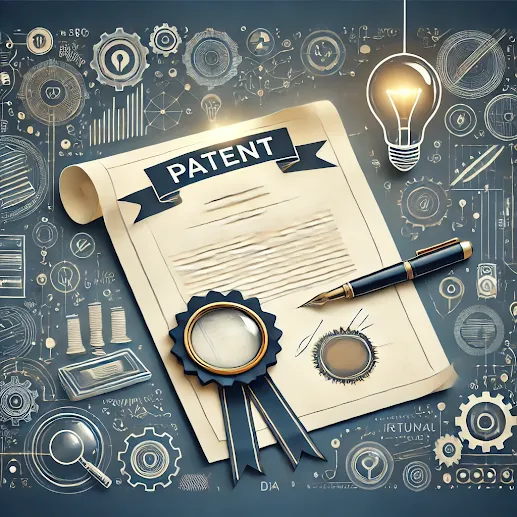
What is a Patent?
Patents are the rights given over invention. Those inventions are regarded as a "Patent", and act as legal protection for inventors. However, the patents are for the benefit of society by providing public access for technical information. The patents can be granted in any field of technology from small kitchen utensils to micro chips. The invention can be chemical compound or process or specific chemical compound. For example one product can have many inventions in laptop such as microchip, software, hardware parts, and other thousand of inventions working togther.
What is patent is necessary to protect inventions?
The patent onwer enjoy exclusive ownership right to stop from other exploiting the invention from a limited period of time in a particular country or region where patent is granted. In simple terms, invention made by owners cannot be used without owners consent. If anyone found to be using patented invention without consent, thus the owner can seek the infringemnet and sought remedies from court.
Why you need to protect inventions with patent?
Patent owner receive's right to prevent others from exploiting the patented invention for a limited time period within the country or a region in which the patent is granted. In a nutshell, the invention cannot be commercially made, imported, sold trade, distributed by others without having the consent of patent owner's. If any third party do such a without the consent of patent owner, the patent owner can seek remedies for patent infringement.
How to protect patent in several countries with single application?
The Patent Cooperation Treaty helps applicants seeking protection internalionally, and patent offices grant decisions, provide abundance of knowlegde to information for public access relating to inventions. With one international application you avail proetction with large number of countries.
How to protect inventions through patents?
To obtain patent, the application of patent must be filled within a national or a regional intellectual property office. This process have several steps such as filling patent application, disclosure of information, cost, objection to patent, search for patent, examination fees, and final grant of patent.
One invention can be protected in multiple countries depending on financial capacity of inventors.
Types of Patent
A. Utility patent: patent is issued for protection to people who invented new process or process or something useful of article of manufacture, machine or composition of matters. Utility patent is granted for 20 years from the date of filing.
B. Design Patents : the patent is issued for new, original and ornamental designs of manufactured products. The design patent is granted for 15 years from the date of application.
C. Plant Patents : The plant patent is issued whoever produce, discover and invent a new plant which is capable of reproduction. The patent is granted for 20 years from the date of filing.
Examples of patent
Steve Job was the first who applied for personal computer patent in 1980.
King C Gillette patented the razor in 1904.
Farnsworth had created first electric television and patent was issued in 1930.
Telephone, dishwasher, light bulb, personal computer, Google medical response drone, and Disney human action robots are the historic examples of patented inventions.
What is the cost of filing for patent?
Generally the patent cost according to the type of patent applied for and is based on various factors such type of applicant, provisional or non provisional status, filling fees, search fees, examination fees, post allowance fees, cost of patent agent or attorney. The total cost for patent filling may range between USD 5000 to USD 45000 or more.
Term of a patent. The utility and plant patents are granted for the period of 20 years from the date of filing. While the design patent only last for 15 years from the date of filing.




